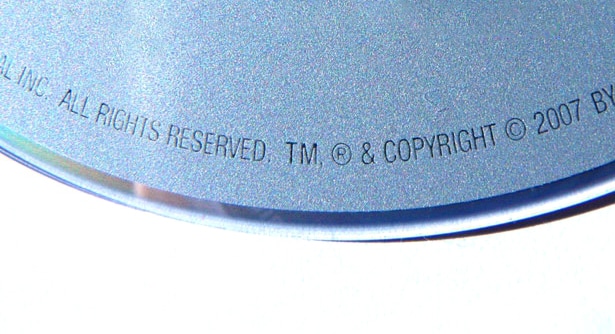A copyright notice is a specific type of formal statement placed on copies of a works of original authorship. For works published before 1989, a copyright notice was required for the work to have the full protections of US copyright laws. However, since 1989, a copyright notice is not required for full legal protection, but has several distinct legal advantages. Using a copyright notice does not require that the copyright be registered and does not require permission from the US Copyright Office.
Traditionally, a formal copyright notice had three elements: symbol, date and name of the owner or holder of the copyright. The symbol is a “C” inside a circle (but can also rendered textually as “Copyright” or via the abbreviation “Copr.”). The date indicates the year in which the work was first published. The copyright holder is identified by an individual’s or company’s name. Generally, the three elements are provided on a single line and in that order. An example might be this:
© 2021 Revision Legal
However, recently, with the rise of the internet, many copyright owners/holders have begun adding a fourth element to their copyright notices — a licensing statement. An example might be: “All rights reserved.” That is a restrictive licensing statement meaning that no actual or implied permission is granted for copying or sharing the work.
Creators of original work have options. Some are happy and eager to have their works widely shared (although most creators insist upon attribution). Thus, an alternative rights statement can be provided. These are usually based on the various use licenses drafted by the Creative Commons Organization. See here.
Using a copyright notice does not confer the legal protections afforded by US copyright laws. Those protections are automatically conferred when an original work of authorship is created. As legal scholars and judges say, copyright protection “inures” — comes into operation; takes effect — in the work of authorship when it is created.
As noted, there are several advantages to using a copyright notice. These include:
- Provides notice to others making them aware that copyright protection is claimed for the work
- Such notice can make it more difficult for a defendant in a copyright infringement case to argue that infringement was “innocent” or “mistaken”
- Such notice identifies the copyright owner/holder so that others know from whom to seek permission to use or license the work
- The date stated in the notice can have a bearing on when the copyright protections expire
- A copyright notice can help prevent the work from becoming “orphaned” and “lost” into the public domain
Copyright notices are generally placed — and should be placed — on all original works of authorship including books, magazines, websites, film, photograph headings, and more. It is common now for copyright symbols to be discreetly placed on specific pieces of artistic creation like a painting or a sculpture.
In general, only one copyright notice is needed for most artistic works. Typically, the copyright notice is located at or near the front or beginning of a work. For example, the copyright notice for books and magazines generally appears on the second or third page of the volume. However, given the common practice of hyperlinking and the ease of copying original content from the internet, there is a growing tendency to post copyright notices on every page on a website. But that is a choice to be made by the website owner. From a legal standpoint, the advantages of using a copyright notice are obtained with a single notice.
Contact Revision Legal
For more information, contact the trusted IP and internet lawyers at Revision Legal at 231-714-0100.




